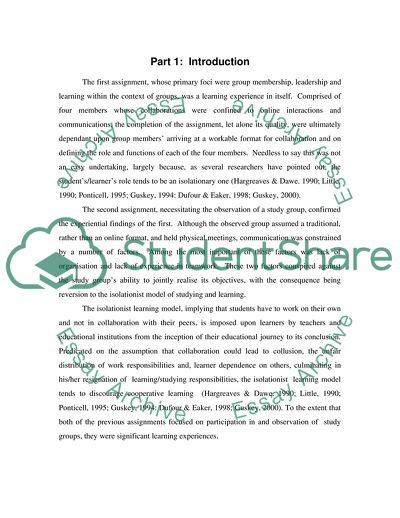Cite this document
(Analysis of Group Composition and Collaborative Learning Assignment, n.d.)
Analysis of Group Composition and Collaborative Learning Assignment. Retrieved from https://studentshare.org/education/1708099-reflective-report
Analysis of Group Composition and Collaborative Learning Assignment. Retrieved from https://studentshare.org/education/1708099-reflective-report
(Analysis of Group Composition and Collaborative Learning Assignment)
Analysis of Group Composition and Collaborative Learning Assignment. https://studentshare.org/education/1708099-reflective-report.
Analysis of Group Composition and Collaborative Learning Assignment. https://studentshare.org/education/1708099-reflective-report.
“Analysis of Group Composition and Collaborative Learning Assignment”, n.d. https://studentshare.org/education/1708099-reflective-report.


